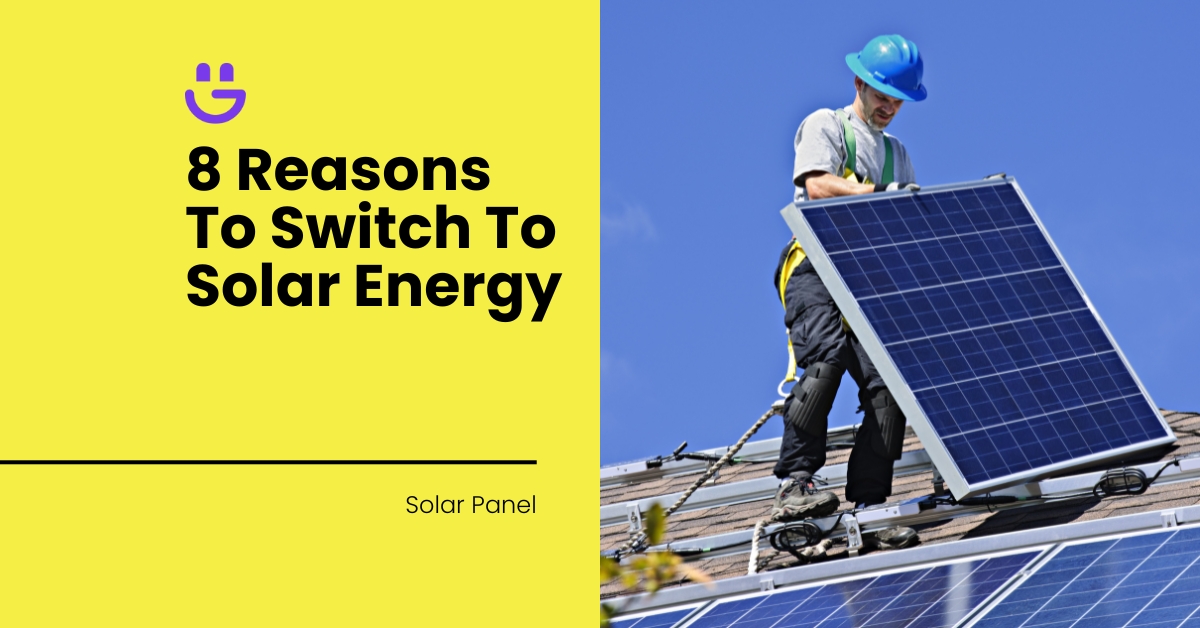Last Updated on November 14, 2025
Many homeowners wonder if a radiator cover is worth the investment.
Manufacturers claim that these covers contribute to a radiator’s heating efficiency and safety, adding that they can also enhance the aesthetics and functionality of any room.
Despite this, many are asking the same question: “Do radiator covers block heat?”
Use this guide from Eco Happy to learn about radiator covers, whether they block heat and affect heat circulation, the different types available, and how to choose one that fits your home and needs.
Understanding Radiator Covers
Radiator covers have the following primary functions:
- Aesthetics. They help hide an unsightly uncovered radiator from visitors’ eyes. Additionally, depending on the radiator type and exterior finish you choose, they can complement your home’s interior decor.
- Safety. Well-designed radiator covers also help improve safety in your home. They prevent children and curious pets from touching the radiator, helping to prevent burns and other injuries. A good quality cover also protects the heating device from bumps and impacts which can cause damage.
- Noise reduction. Radiator covers also help lessen the noise your radiator emits, helping promote a more serene, noise-free home environment.
- Storage. A radiator cover can also provide a storage or display area for books, ornaments, lamps, or plants.
- Heating efficiency. These fit over your radiator and use well-placed vents to direct heat more efficiently across a room. This helps improve your central heating system’s heating ability and efficiency. As an aside, knowing how to balance radiators will also help with heating efficiency.
It is important to note that the design and the type of material used in your chosen cover can impact the heating efficiency of your radiator. Some radiator covers can impede the circulation of warmth, reducing the room’s temperature, and ultimately hampering your radiator’s heat output.
There are so many different designs and materials homeowners can choose from, luckily, so it’s fairly easy to avoid this issue.
Types of radiator covers
The heating efficiency of your radiator can either be impeded or improved, depending on which radiator cover design and material you choose.
Radiator covers are available in a wide variety of materials and designs and come in two main styles:
- Topper. This cover fits over your radiator, completely covering the heating appliance.
- Cabinet. This covers only the top and three sides of your radiator, leaving the bottom open for better air and heat circulation.
Common materials used in the design and construction of radiator covers include:
- Wood. Manufacturers often use hardwood for wooden radiator covers because of its durability and sturdiness. They look more natural and blend well with earthy colours and wooden trims. Unfortunately, wooden covers transfer less heat than more conductive materials and are often pricier than other options.
- Metal or steel. A radiator made from galvanised metal or steel offers better heat conduction and better air and heat circulation, balancing aesthetics and heating efficiency. One downside of a metal radiator cover is that, just like the metal in the radiator, it can become hot and cause burns.
- Engineered wood. Made of medium-density fiberboard, these are lighter and cheaper than hardwood radiator covers. You can also paint these wood covers to fit your home’s decor.
- Combination covers. These are made of wood or engineered wood and use metal for their grills.
Manufacturers also use different designs – incorporating gaps, slots, grills, and reflective panels – to improve a radiator’s overall heat circulation.
Effect of radiator covers on heat
A poorly designed cover can have the following impacts on your radiator and home’s overall heating:
- Block the heat created by the radiator. If poorly designed, with few ventilation gaps, a cover can trap the generated heat inside the radiator, preventing it from circulating and heating the room properly.
- Impact the thermometer reading. Because the generated heat is blocked, the thermostatic radiator valve (TRV) on the side of the radiator can give an incorrect temperature reading. A too-high radiator temperature reading can prompt the heating system to reduce its output, inadvertently lowering the temperature inside the room.
- Increase electricity bills. Because some radiator covers block heat and the room isn’t reaching the desired temperature, the boiler gets pushed harder. This causes your heating system to burn more gas and increases your electricity usage.
Using a radiator will well-placed gaps, slots, and reflective panels can help improve the circulation of warm air. Because warm air rises, these ventilation slots help direct heat, blowing the heat to desired areas in an indoor space.
Safety concerns
Radiator covers – especially if of poor quality, design, and material – also pose a range of safety concerns, including:
- Overheating. A radiator cover installed incorrectly can trap air and cause the radiator and its internal components to overheat, leading to malfunctions and stalling.
- Fire hazards. Poorly designed radiator covers made of flammable materials like plastic or wood can cause fires.
- Toxic fumes. A burning cover, especially those made from highly combustible plastics, can release poisonous fumes into your home.
You can ensure the safety of your family and home by:
- Use fire-safe radiator covers to help avoid indoor fires.
- Fitting radiator covers with sufficient ventilation gaps to prevent overheating.
- Consulting a professional when buying and installing radiator covers.
Choosing The Right Radiator Cover
Once you’ve installed some of the best radiators, you need a well-designed radiator cover to maximise and maintain heating efficiency.
To buy the correctly sized cover, use the following tips to measure your radiator:
- Length. Measure the entire length of the radiator, including the protruding pipes and valves on the side. Round up this measurement and add 5 cm to obtain the total length.
- Width. Measure the distance between the radiator’s face and the wall. Round up this measurement and add 2 cm to obtain the total width.
- Height. Measure the distance from the floor to the top of the radiator. Round up the measurement and add 5 cm to obtain the total height of the radiator cover.
Alternatives: blinds vs curtains
Instead of a radiator cover, you can use curtains and blinds to hide your radiator:
- Use curtains to cover windows and prevent heat loss to the cold outside. However, if hung in front of a radiator, curtains block heat by trapping warmth between themselves and the window. Therefore, all the warm air blown out by the radiator is reflected to the window and does not reach the room’s interior, reducing heating efficiency.
- Blinds prevent warmth from reaching your windows, essentially insulating the room. Keep blinds open during the day to help heat the room, closing them at night to help trap warmth.
Enhancing efficiency: innovative designs
Manufacturers have adopted innovative designs to make their radiator covers more attractive and effective.
The innovative radiator cover designs fit seamlessly into many decor styles. These custom-made covers can fit in small and large spaces. They also serve as integrated storage cabinets and bookshelves. Some even feature built-in mirrors.
FAQs
How much heat is lost using radiator covers?
A radiator’s material and design can determine its impact on heating efficiency. Some studies have shown that using a poorly designed cover can reduce a radiator’s heating efficiency by about 30%. On the other hand, well-designed covers can reduce energy usage by helping redirect heat, thus maintaining a room’s optimal temperature.
Why must I install my radiator under a window?
Installing your radiator under a window helps you take advantage of the convection process to distribute heat more evenly across the space. This arrangement allows for better heat output and circulation, making maintaining a warm indoor temperature a lot easier.
Can I use my radiator cover for storage?
Yes. Many radiator covers are made from sturdy materials. A properly installed cover offers homeowners a handy place to store books, ornaments, family photos, and lamps, complementing a home’s decor and aesthetics.
Conclusion
Many homeowners use radiator covers to make their indoor spaces more visually appealing, reduce noise, and create handy storage space. Most importantly, they improve your radiator’s efficiency, saving you electricity.
When buying a radiator cover, consider the materials it is made from and the design. Go for something made from choice materials and energy-efficient design elements to improve your home’s aesthetics and maintain optimal heating efficiency.
Also, use our radiator cover efficiency tips, to ensure your indoor heater always works at its optimum.
Contact Eco Happy today for advice on which radiator cover to select for your home.






Tom Allen
Solar Expert